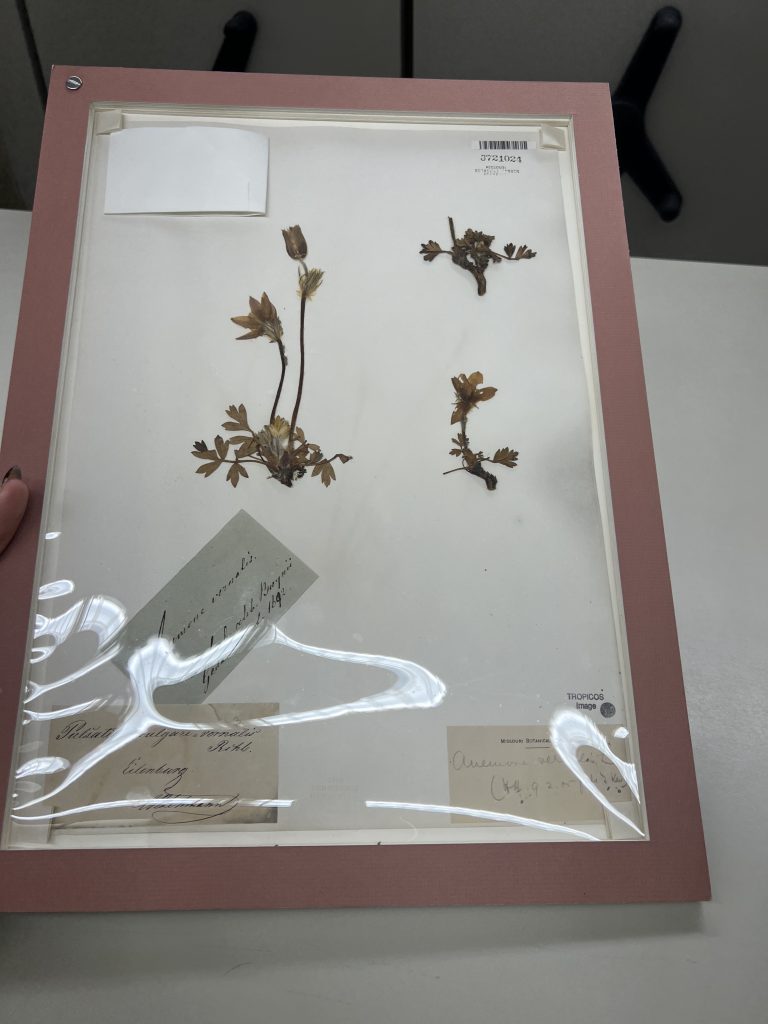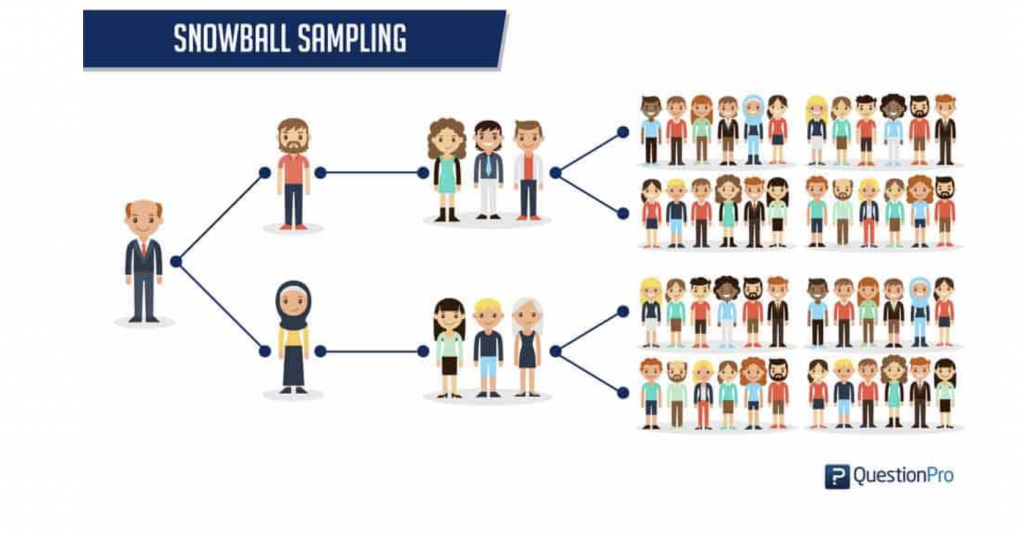Sonya Remington- Doucette discusses stakeholders in A Sustainable World as “people who have an interest or stake in some policy, conflict, or organizational goal” (Remington-Doucette). Stakeholders are important in any functioning corporation in order to know who is in the important and we as a CODES cohort apply this to the Missouri Botanical Garden. Those who are given a seat at the table, ultimately, hold the responsibility for the future of where the wicked problems could be headed.
The Herbarium at the Missouri Botanical Gardens is a location for pressings of plants and naming these plants to educate other people about things like location, where the pressing was taken from, and what time of year it was. Even though herbariums are effective for sharing science there are downfalls in the herbarium. Some of the issues in herbaria include: the location of the herbarium, the bias of Westernized science that is present in specimen/data collection, and the stakeholders of the herbarium.

“A stakeholder is a person, group or organization with a vested interest, or stake, in the decision-making and activities of a business, organization or project“(Remington-Doucette). In the eyes of MOBOT, who gets a say has a huge effect on the future of the garden. When choosing stakeholders, one must “decide, consciously or unconsciously who to include and who to exclude. [Being the person in charge of selecting the stakeholders] can lead to unidentified groups and, more seriously, exclusion of marginalized groups, rendering these groups even more vulnerable and powerless” (Remington-Doucette). The thought of leaving groups who are under-represented even weaker than they already are just hurts the entire situation.
To decide who should become a stakeholder in this situation, there are a few different approaches. One approach is focusing groups. A focus group is “a group used to collect opinions and feedback about a specific product, concept, or service. The group is typically made up of 8-10 people who are invited to discuss their opinions, thoughts, and feelings in a facilitated discussion” (Remington-Doucette). A focus group could be formed to decide how to reach out to a broader audience, and to work on the communication with those people. The Herbarium needs a broader audience to receive other opinions on how to move forward with the garden as far as naming/classifying plants. If MOBOT got the help of a focus group, this would then lead to interviewing those who are current stakeholders, and asking important questions that pertain to those stakeholders.
The effects of interviews can extremely affect the outcome of bias and the future of any certain project. When interviewing stakeholders, you must consider the bias each person has. The stakeholders are capable of classifying stakes set by the focus groups as accurate or inaccurate. The opinions of these stakeholders can be crucial in the accountability of information that is presented from the interviewer. During these interviews, one must interview the correct people. Some examples of who these interviewees could be is investors, sponsors, volunteers, and employees of the garden. These different groups would have varying opinions about the garden and the potential of the future of the garden. In these interviews, I would ask all groups similar questions so that it would be easier to identify biases present in the garden; I would then be able to identify the biases of varying degrees and implement that in my work that showcases my discoveries.

The last way to find potential stakeholders is snow-ball sampling. “Snow-ball sampling uses interviews to identify stakeholder categories and obtain contact information for additional interviewees from these [certain] categories” (Remington-Doucette). In these stakeholders, there are contrasting degrees of importance with the influence they have on the Garden. For example, employees and investors of the garden might have more of a direct influence then say a volunteer. This influence that each group has plays a role in being a driver or an indirect driver.

In the eyes of MOBOT, for the future, interviews can be held by those who are thought to be stakeholders for the garden to divide each person up into distinct groups based on importance of their influence that they could have on the garden. Focus groups could also be formed for the garden to have an outside group conduct the interviews of people, which then leads to a discussion by those in the focus group to reach a collaborative decision. Ultimately, the future of Missouri Botanical Garden has a bright potential, if the true wicked problem(s) can be successfully identified so that MOBOT can have a bright future.